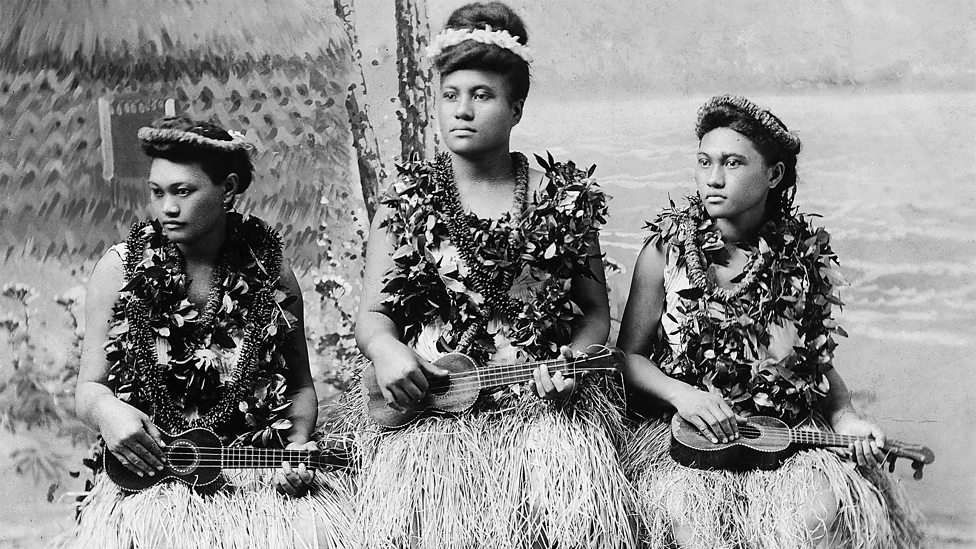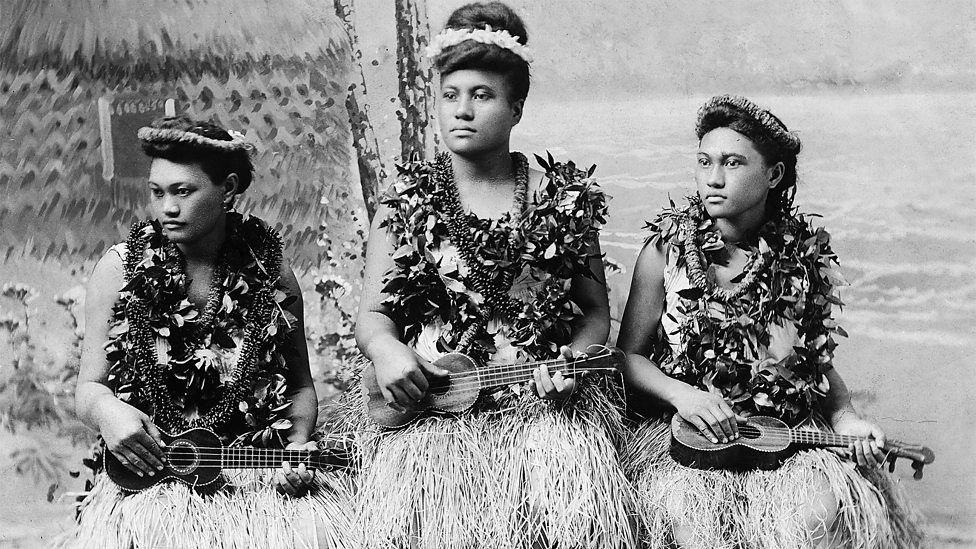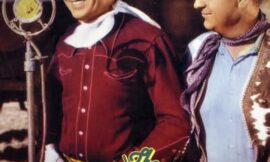
History Of The Ukulele
The ukulele, otherwise known as the 'uke', is a stringed instrument of Hawaiian origins, and it has become popularized throughout North America over the last hundred years. It is well known and recognized, and associates well with a laid-back, happy style of music.
The history of the ukulele is pretty interesting, and its subsequent spread throughout pop culture is even more fascinating. This article will give a brief history of the ukulele, looking at its origins, its genesis in North America, and where it is at today.
History of the Ukulele: Origins
We all know that the history of the ukulele began in Hawaii, but where did it begin exactly? According to historians, the first ukuleles were actually Hawaiian styled reproductions of stringed instruments brought over by Portuguese immigrants. These early ukes were based on the designs of two Portuguese stringed instruments called the rajão and the cavaquinho. The new instrument was embraced early on by the Hawaiian monarchy, and this helped it to spread across the island and become popularized, even becoming part of their cultural rituals.
According to ukulele history, these early instruments then spawned several other variations, smaller soprano ukuleles, and larger baritone ones. This allowed the players to explore different tones and broaden the type of music created.
History of the Ukulele: North American Introductions
The history of the ukulele isn't complete without mentioning its popularization in North America.
The ukulele was first introduced en masse to the United States at a San Francisco international exposition. The style, grace, easy size and catchy sound of the 'uke' was instantly popular, and jazz ensembles began to adopt it into their routines. Ukuleles began to become available from instrument manufacturers across the nation.
Later on, musical artists such as Tiny Tim were responsible for showcasing the instrument's unique sound on the main stage, and helped to fuel its growth and popularity.
Other factors helped to popularize the ukulele, including its introduction into Canadian schools in the 1960's. It was theorized that it was a cheap, easy to learn instrument, and an easy introduction into Canadian music classes. Thanks to the 50,000+ children introduced to the ukulele at a young age, the instrument took off in the north.
Today, the history of the ukulele can be seen everywhere, as the design of the instrument hasn't really changed since it was introduced. Still inexpensive and lightweight, they are easily manufactured and thus still popular with players everywhere. Singers such as
History of the Ukulele
Hopefully this history of the ukulele has inspired you to check them out! You'd be surprised how often 'ukes' show up in modern music, and if you're an aspiring musician who can't really afford a full-sized guitar, whether for reasons of space or money, the ukulele is a pretty nice choice to get into stringed instruments. Hopefully this brief history of the ukulele has been edifying.




